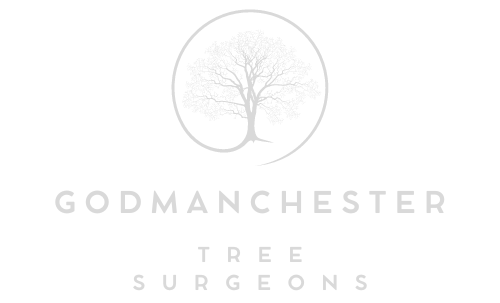Revitalising Canopies: Tree Crown Reduction for Treating Tree Wilts and Blights
Trees stand as timeless guardians in the verdant embrace of our natural landscapes, their canopies whispering tales of resilience and vitality. Yet, beneath their leafy crowns, trees may silently grapple with afflictions such as wilts and blights, threatening their health and integrity. Amidst these challenges, tree crown reduction emerges as a transformative solution for treating tree wilts and blights, fostering rejuvenation and resilience within our arboreal communities. Join us as we explore the symbiotic relationship between tree crown reduction and the treatment of tree wilts and blights, unravelling how this practice promotes the well-being and longevity of our beloved trees.
Understanding Tree Wilts and Blights:
Tree wilts and blights encompass a range of diseases and pathogens that compromise tree health and vitality. Wilts, such as Dutch elm disease and oak wilt, disrupt the tree’s vascular system, causing wilting, yellowing of foliage, and eventual decline. Blights, including fungal infections like anthracnose and bacterial diseases like fire blight, manifest as necrotic lesions, leaf spots, and dieback, impacting the tree’s ability to photosynthesise and thrive. Left untreated, wilts and blights can lead to widespread canopy decline, branch dieback, and tree mortality.
The Role of Tree Crown Reduction:
In tree care, crown reduction is a strategic intervention for treating tree wilts and blights, revitalising canopies, and promoting long-term health and resilience. By selectively reducing the size and density of the canopy, arborists can alleviate stress on affected branches, redirect resources towards healthy growth, and enhance the tree’s ability to combat disease. This targeted approach mitigates the symptoms of wilts and blights and fosters balanced growth and vitality in afflicted trees.
Implementing Tree Crown Reduction for Treating Wilts and Blights:
- Diagnostic Assessment: Arborists thoroughly assess trees to identify the underlying causes of wilts and blights, such as fungal pathogens, bacterial infections, or environmental stressors. These assessments inform targeted management strategies to address specific diseases and promote tree health and resilience.
- Selective Canopy Pruning: Arborists employ crown reduction techniques to selectively remove branches affected by wilts or blights, focusing on diseased or compromised areas. Arborists promote rapid healing and regeneration by reducing canopy density and redirecting resources towards healthy growth, enhancing the tree’s ability to combat disease and recover.
- Disease Management: With crown reduction, arborists implement comprehensive disease management strategies to treat wilts and blights and prevent their spread. These strategies may include fungicidal treatments, cultural practices such as sanitation and pruning, and environmental modifications to reduce disease pressure and promote tree resilience.
- Ongoing Monitoring: Continuous monitoring is essential for tracking disease treatment progress and evaluating management interventions’ effectiveness. Arborists conduct regular inspections to assess tree health, monitor disease symptoms, and adjust treatment plans to optimise recovery and promote long-term vitality.
Conclusion: In the journey towards nurturing healthy canopies, tree crown reduction emerges as a transformative practice for treating tree wilts and blights, fostering rejuvenation and resilience within our arboreal communities. By integrating targeted pruning techniques into comprehensive disease management strategies, arborists can revitalise afflicted trees, enhance their ability to combat disease and promote long-term sustainability in our natural landscapes. As stewards of our arboreal communities, let us embrace the transformative power of tree crown reduction, nurturing trees towards a future of strength, beauty, and vitality.
Call us on: 01480 270 985
Click here to find out more about Godmanchester Tree Surgeons
Click here to complete our contact form and see how we can help with your tree’s need.

